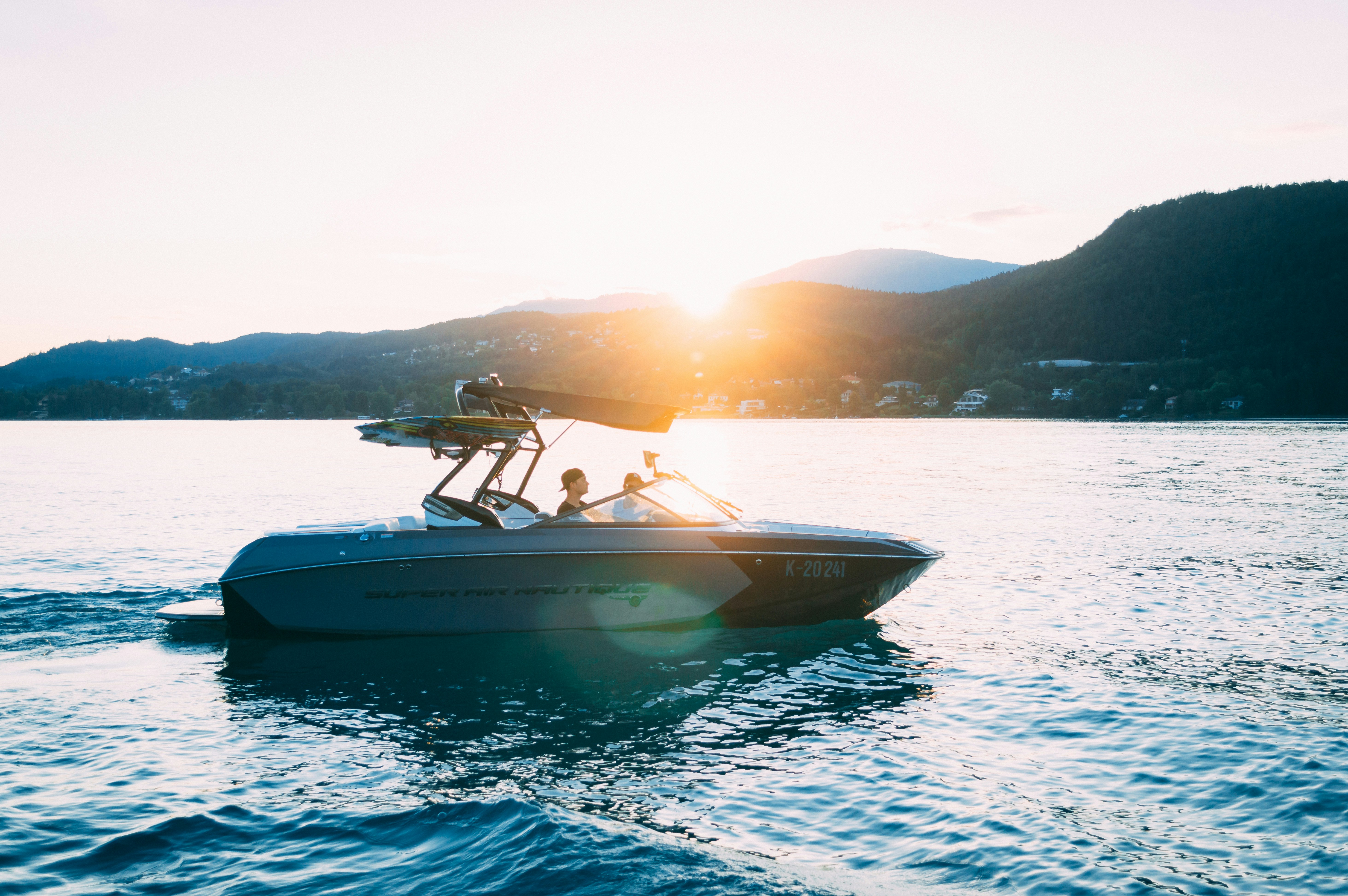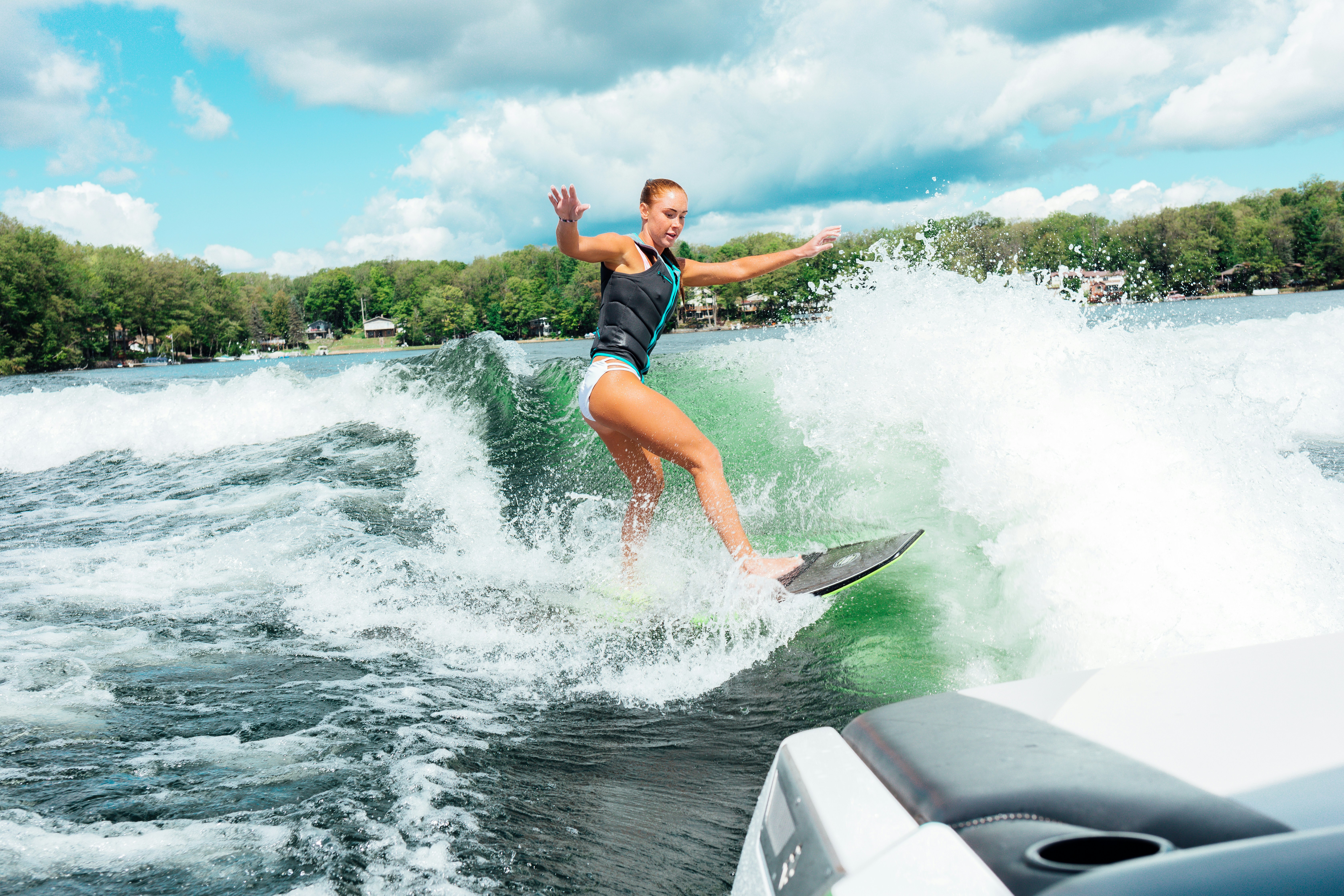Imagine yourself sitting by the calm, serene waters, with the gentle breeze caressing your face. The sun’s warm rays illuminate the shimmering waves, painting a picture of tranquility. Now, picture a boating scene in your mind’s eye – the graceful dance of sailboats, the laughter of family and friends, and the sound of water splashing against the hull. Can you bring this picturesque moment to life on paper? Whether you are an aspiring artist or simply seeking a creative outlet, the challenge lies in capturing the essence and beauty of a boating scene through your strokes of a pencil or brush. Let your imagination set sail and embark on an artistic journey – for the canvas awaits your artistic touch.
Materials Needed
To draw a boating scene, you will need a few basic materials. Make sure you have paper, a pencil, an eraser, a drawing pen, and colored pencils or markers. These materials will give you the flexibility to sketch, add details, and bring your boating scene to life with vibrant colors.
Choosing a Boating Scene
Before you start sketching, it’s important to decide on the type of boating scene you want to draw. Researching reference images can provide inspiration and help you understand different compositions. Look for photographs or paintings of boats in various settings, such as lakes, oceans, or rivers.
Once you have gathered some reference images, take some time to select an interesting composition. Consider how the boats are arranged in the scene, the positioning of other elements like the shoreline or other boats, and the overall balance of the composition. A well-thought-out composition can greatly enhance the visual impact of your drawing.
In addition to composition, consider the lighting and perspective of your chosen boating scene. Think about the direction of the light source and how it can create interesting shadows and highlights. Consider the perspective of the scene, such as the angle from which you are viewing the boats, and how it can add depth and dimension to your drawing.
Sketching the Scene
Now it’s time to start sketching your chosen boating scene. Begin by sketching basic shapes to outline the main elements of the scene. This step is all about capturing the overall structure and proportions of the boats, water, and surrounding elements.
Next, block in the main elements of the scene using your pencil. Focus on adding more defined lines and shapes based on the reference image. This step helps solidify the layout and main objects in your drawing.
Once you have the basic shapes and elements in place, it’s time to add details and textures. Use lighter strokes and gradually build up the details of the boats, such as the sails, hulls, and any other distinctive features. Pay attention to the textures of the different elements, such as the ripples in the water or the roughness of the boat’s surface.
Working with Perspective
Understanding perspective is crucial in creating a realistic boating scene. Start by familiarizing yourself with the horizon line and vanishing points. The horizon line represents the point where the sky meets the water or the land, depending on the scene. Vanishing points help create the illusion of depth and provide a sense of distance in your drawing.
To add depth with foreshortening, focus on objects that appear closer to the viewer. These objects will be drawn larger and with more detail, while objects that are farther away will be smaller and less detailed. Use guidelines and grid techniques to help you accurately position the elements of your boating scene and maintain proper proportions.
Capturing Movement and Action
A boating scene often involves movement and action, whether it’s the flow of water, the motion of the boat, or the presence of people or animals. Drawing the flow of water can be achieved by using curved lines to imitate the waves or ripples. Experiment with different stroke techniques to create a realistic water effect.
To show the motion of the boat, consider the direction of the waves or currents and depict the boat leaning or tilting accordingly. This creates a sense of movement and adds dynamism to your drawing. Adding people or animals in motion can further enhance the action in your boating scene, so practice sketching figures in different poses.
Adding Details and Textures
Now it’s time to add more details and textures to bring your boating scene to life. When creating realistic water, pay attention to the reflections, highlights, and the overall transparency of the water. Use different stroke techniques to create the illusion of movement and varying depths in the water.
Texturing the boat and its elements can be achieved by using cross-hatching, stippling, or other shading techniques. Consider the materials of the boat, such as wood or metal, and try to capture their texture and shine. The surroundings, such as the shoreline or other boats, can also benefit from added textures to enhance the overall visual interest of the scene.

Using Light and Shadows
Understanding how light interacts with your boating scene is essential for creating depth and dimension. Identify your light source, whether it’s the sun or artificial lighting, and determine how it affects the different elements in your drawing. Use highlights to depict areas that are directly hit by the light and reflections to show how light bounces off surfaces.
Creating shadows and shading adds realism and depth to your boating scene. Shadows help define the form of objects and contribute to the overall composition. Pay attention to the direction and intensity of the light source to accurately place shadows. Use shading techniques, such as cross-hatching or blending, to add depth and volume to your drawing.
Exploring Different Boat Types
Boating scenes offer a wide range of boat types to explore in your drawings. Sailboats, with their majestic sails and elegant lines, can add a sense of grace and tranquility to your scene. Motorboats, on the other hand, can convey speed and excitement. Consider the different shapes and sizes of boats and how they can contribute to the overall mood of your drawing.
Kayaks and canoes are great options for adding a sense of adventure and exploration to your boating scene. These smaller vessels can be depicted weaving through narrow waterways or peacefully gliding on calm waters. Fishing boats can also add a touch of realism and a connection to nature. Lastly, yachts and cruise ships can bring a sense of luxury and sophistication to your boating scene.
Choosing a Drawing Style
When drawing a boating scene, you have the freedom to choose your preferred drawing style. You can opt for a realistic style, aiming to capture every detail and texture with precision. A realistic style can bring a sense of accuracy and authenticity to your drawing.
Alternatively, you may choose to go for a more cartoonish style, focusing on simplified shapes and exaggerated features. This style can be playful and fun, adding a touch of whimsy to your boating scene. An impressionistic style involves broader brushstrokes and looser details, capturing the essence of the scene with a more abstract approach.
Lastly, an abstract style allows you to break free from the constraints of reality and explore shapes, colors, and textures in unconventional ways. The choice of drawing style ultimately depends on your personal preference and the mood you want to convey in your boating scene.
Coloring the Boating Scene
Once you have completed the sketch, it’s time to add colors to your boating scene. Choosing a color scheme that complements the mood and overall theme of your drawing is essential. Consider using warm colors like red, orange, and yellow for a vibrant and energetic scene. In contrast, cool colors like blue and green can create a peaceful and serene atmosphere.
When coloring, start with a base layer and gradually build up the colors by blending and layering. This helps create depth and richness in your drawing. Adding highlights and shadows using lighter and darker shades of colors can bring objects to life and make them appear more three-dimensional.
Remember to have fun with colors and experiment with different techniques to achieve the desired effects in your boating scene.







